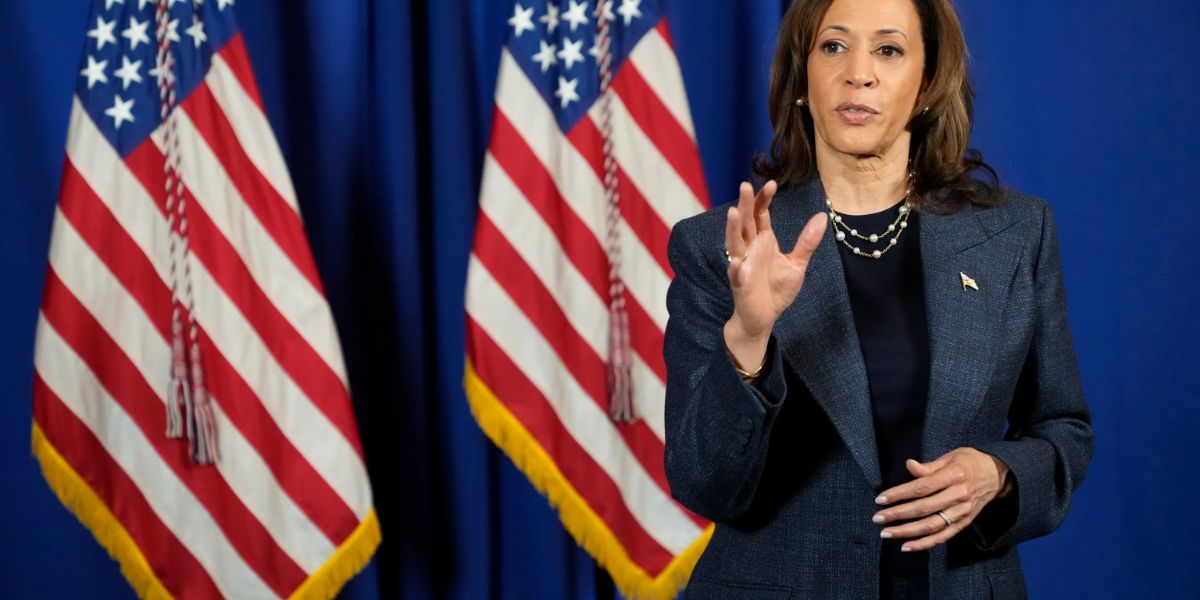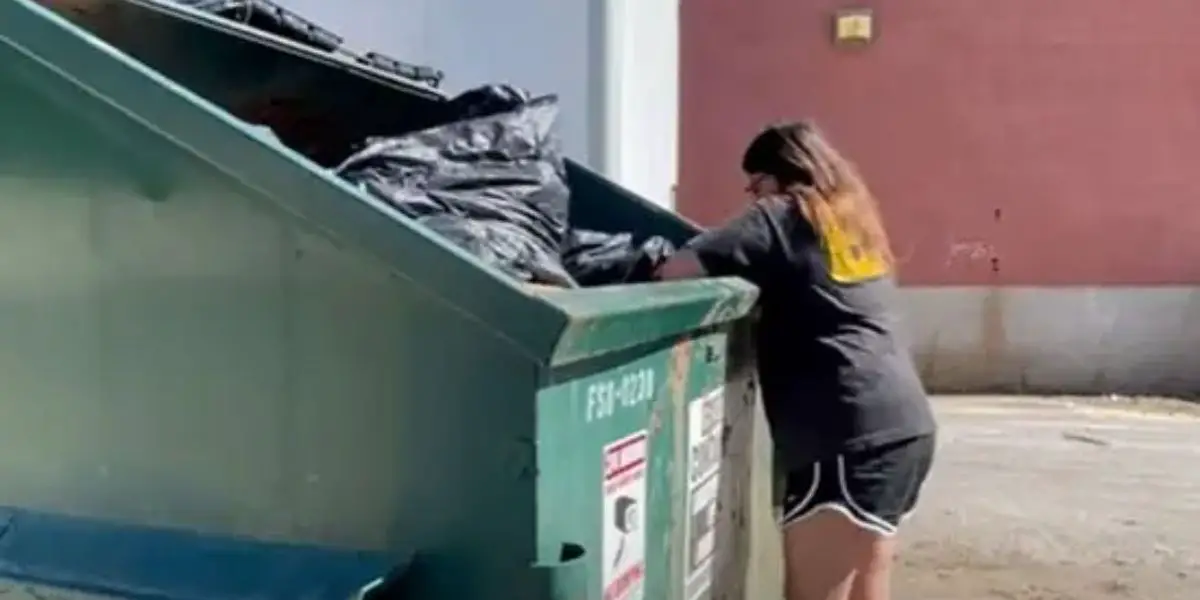MJP –
California, particularly the Bay Area, has a long history of political demonstrations and protests. Following Trump’s 2016 victory, the region experienced a week of continuous protests across Oakland, Berkeley, San Francisco, and San José, with some instances turning violent.
Current Preparations
Law enforcement agencies are already taking precautionary measures:
- State and local law enforcement officers are preparing for potential mass protests and possible violent unrest
- The Oakland Police Officers’ Association has noted past experiences with vandalism, destruction, and arson during political protests
Factors Affecting Public Response
The situation is particularly complex due to several factors:
- California is traditionally a Democratic stronghold that hasn’t voted Republican since 1988
- Harris has strong ties to California as its former Attorney General and Senator
- There appears to be mixed support for Harris even among traditional Democratic constituencies
California University Response

Special attention may need to be paid to college campuses, as they have historically been centers of political activism. Universities like UC Berkeley have a strong tradition of political protests and demonstrations. Campus authorities may need to prepare for potential student demonstrations.
Urban California Areas
Breaking: Harris Wins New York, Rhode Island; Trump Secures Louisiana, Massive Reports Say!
Major urban areas, particularly Los Angeles and the Bay Area, may see the most significant reactions.
These areas have historically been epicenters of political demonstrations, as evidenced by past events like the 1992 Los Angeles riots, which resulted in significant damage and required National Guard intervention.
While it’s impossible to predict exactly how Californians will react, law enforcement and local authorities are preparing for various scenarios to maintain public safety and order during the post-election period.




